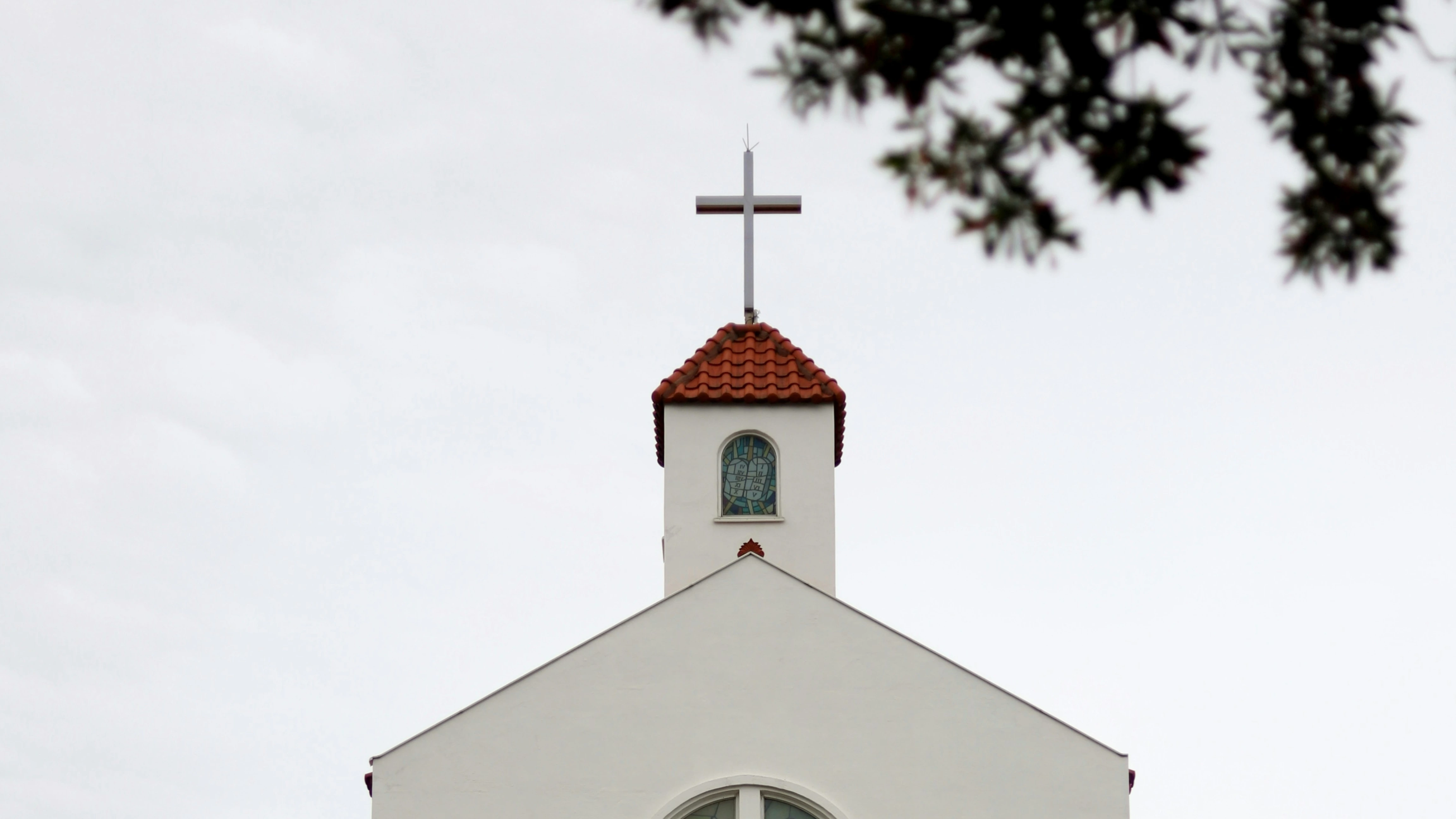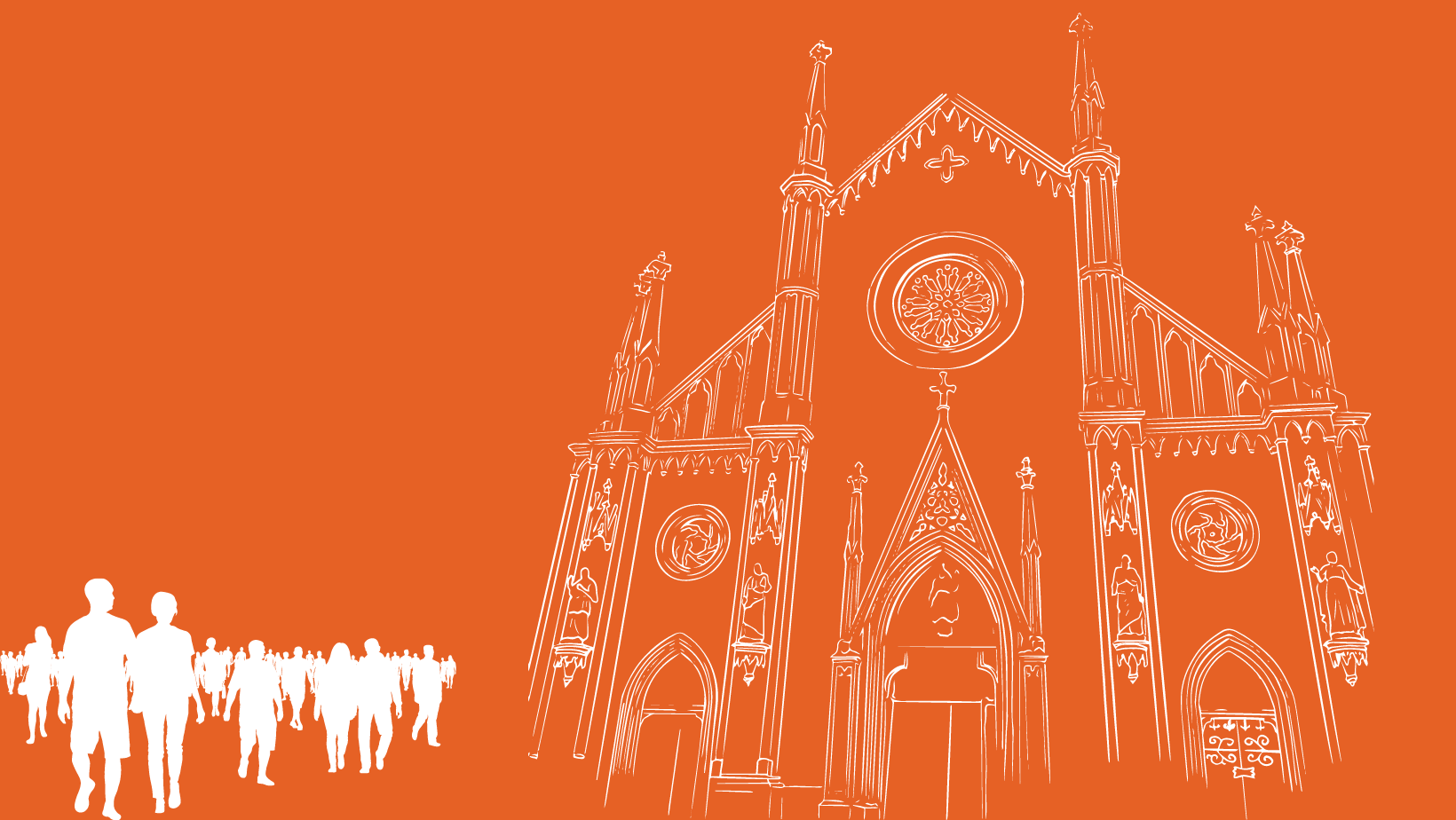
Photo by Pisit Heng for Unsplash
With traditional church attendance dropping in America each year, Christians must lean into more personal stewardship of their faith. In turning to the liturgical calendar, believers can establish the rhythm and routine they crave outside of the Sunday service and return to traditions that have endured throughout church history, such as Lent.
What is Lent?
Lent is the 40 days between Ash Wednesday and Easter Sunday. It is named after the old English word ‘lengthen,’ referring to the start of spring and longer daytime. This year in Western churches, Lent began on Wednesday, Feb. 14 and ends with Holy Week and Easter Sunday on March 31.
During Lent, Christians of different traditions practice fasting and abstinence to imitate Jesus’ sacrifice when He went into the desert to pray and fast for 40 days before dying on the cross, according to Brittanica. Christians may use this time to pray and refocus on spiritual matters, and they may give up pleasures such as sweets, social media or alcohol to practice self-denial.
Engaging in these practices allows Christians to deepen their connection with God, and identify with Jesus’ humanity and sacrificial love. While Christians could choose to fast at any time of the year, doing so during the Lenten period is a church tradition on the liturgical church calendar.

Photo by Annie Spratt for Unsplash
Christians remember the suffering of Christ in the six weeks leading up to Easter Sunday.
In Eastern churches, instead of beginning on Ash Wednesday like in Western churches, Lent starts on the Monday of the seventh week before Easter and ends on the Friday nine days before Easter, according to Brittanica.
This includes Saturdays and Sundays as relaxed fast days, contrasting with Western churches with just Sundays as relaxed fast days.
By giving something up that Christians typically rely on, like a dessert after a long day at work, there is an opportunity to remember Jesus’ sacrificial love. Christians can use this time for prayer and reflection, instead of turning to their usual comforts.
The 40-day period of Lent falls on different days each year, just as Easter is not set on the same date each year.
Since apostolic times, Christians have observed this period of preparation and fasting before Easter.
Before the Catholic Church formalized Lent, it served as a time of preparation for candidates for baptism. It was a time of penance for grievous sinners who could not receive Holy Communion and were preparing for restoration, according to Brittanica.

Photo by Thays Orrico for Unsplash
Priests sprinkled ashes on the heads of believers to represent morality and penance for their sins, according to National Geographic. This practice continues today, where Christians are marked with an ash cross on their forehead to represent morality and penance for their sins.
The First Council of Nicaea in 325 A.D. formalized the practice of Lent, according to Brittanica. Christian scholars believe Lent became more regularized after the legalization of Christianity in 313 A.D.
In Anglican churches, Lent includes fasting, according to “The Book of Common Prayer.”
Christians observe Lent with various services and practices in Lutheran and many other Protestant churches, according to Brittanica. Many Evangelical or nondenominational churches do not observe Lent.
Lent is an opportunity for believers to reflect on their faith and intentionally focus on imitating Christ’s sacrifices through self-denial and reflection — instead of turning to worldly comforts and indulgences.
Jenna Mindel is a senior journalism student at Biola University who is passionate about storytelling. Originally from Washington State but now a California resident, she hates the rain but loves coffee, books, long walks (preferably on the beach), podcasts and any chance she gets to share a meal with her friends. Jenna hopes to shed light on meaningful work the Church is doing around the world as a journalist.















